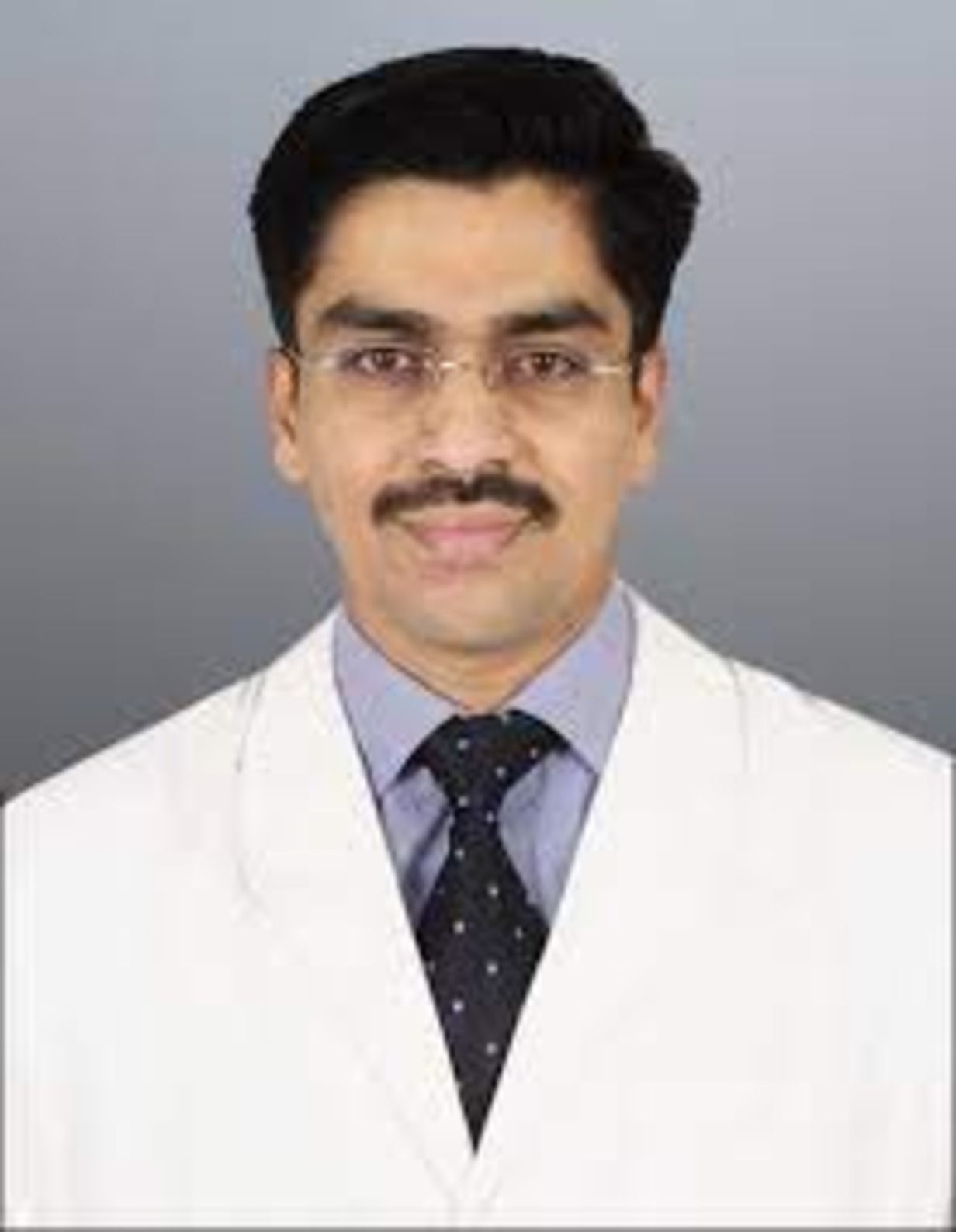A Comprehensive Guide to the Procedure
Learn about CT Angiogram. This comprehensive guide covers the process, preparation, and helps you feel informed and prepared.

Written by
Last updated on 3rd Jul, 2025
A CT angiogram, or computed tomography angiogram, is a medical imaging test that uses X-rays and computer technology to create detailed images of blood vessels and tissues in the body. It is a non-invasive procedure that helps doctors visualize the flow of blood through arteries and veins, making it a valuable tool for diagnosing various vascular conditions.
CT angiograms are crucial for detecting blockages, aneurysms, and other abnormalities in blood vessels. They provide clear, three-dimensional images that help doctors make accurate diagnoses and plan appropriate treatments. For example, a CT angiogram can reveal a narrowed coronary artery, which might indicate a risk of heart attack, or detect a brain aneurysm that could lead to a stroke.
When is a CT Angiogram Recommended?
A CT angiogram is often recommended when a patient shows symptoms of vascular disease, such as chest pain, shortness of breath, or leg pain during walking. It is also used to evaluate the severity of known conditions, like atherosclerosis (hardening of the arteries) or to assess the success of previous treatments, such as stent placement. This procedure can diagnose a wide range of conditions, including:
- Coronary artery disease: Narrowing or blockage of the heart's arteries.
- Pulmonary embolism: Blood clots in the lungs.
- Aortic aneurysm: Abnormal bulging in the aorta.
- Peripheral artery disease: Reduced blood flow to the limbs.
- Carotid artery disease: Narrowing of the arteries supplying the brain.
Consult Top Radiologist
Preparing for a CT Angiogram
Before a CT angiogram, patients may be asked to:
- Avoid eating or drinking for a few hours.
- Inform the doctor about any allergies, especially to iodine or contrast dye.
- Disclose current medications, particularly diabetes drugs like metformin.
- Wear comfortable, loose-fitting clothing.
- Remove jewelry or metal objects that could interfere with the scan.
- Stay hydrated unless instructed otherwise, as it helps flush out the contrast dye after the procedure.
How is a CT Angiogram Performed?
- Positioning: The patient lies on a table that slides into the CT scanner.
- Contrast Injection: A contrast dye is injected into a vein, usually in the arm, to highlight blood vessels. Some patients may feel a warm sensation or a metallic taste when the dye is injected, but these sensations are temporary.
- Scanning: The CT machine takes multiple X-ray images as the table moves through the scanner.
- Completion: The entire process typically takes 30-60 minutes, depending on the area being scanned.
Understanding the Results
A radiologist analyzes the images to identify any abnormalities, such as blockages, aneurysms, or malformations. The results are then shared with the referring doctor, who discusses them with the patient.
- Blockages: May indicate atherosclerosis, requiring lifestyle changes or medical intervention.
- Aneurysms: Could necessitate surgery to prevent rupture.
- Blood clots: May require anticoagulant therapy to prevent complications like stroke.
Risks and Complications
Most side effects are mild and include:
- Nausea or vomiting.
- Itching or rash.
- Headache.
In rare cases, patients may experience an allergic reaction to the contrast dye, which can cause difficulty breathing or swelling. Serious complications, such as kidney damage from the contrast dye, are rare but possible. Patients with pre-existing kidney conditions are at higher risk and should inform their doctor beforehand.
Alternatives to CT Angiogram
- MRI Angiogram: Uses magnetic fields instead of X-rays, suitable for patients who cannot tolerate contrast dye.
- Ultrasound: Non-invasive and radiation-free, but less detailed than a CT angiogram.
- Conventional Angiogram: More invasive but provides real-time images, often used for treatment planning.
Alternative tests may be recommended for patients with kidney issues, allergies to contrast dye, or those who need to avoid radiation exposure, such as pregnant women.
Post-Procedure Care and Follow-up
- Drink plenty of water to help flush out the contrast dye.
- Monitor for any signs of an allergic reaction, such as rash or swelling.
- Resume normal activities unless advised otherwise by the doctor.
Depending on the findings, patients may need:
- Regular check-ups to monitor vascular health.
- Lifestyle changes, such as a healthier diet or quitting smoking.
- Medications to manage conditions like high blood pressure or cholesterol.
Conclusion
A CT angiogram is a powerful diagnostic tool that provides critical insights into vascular health. By understanding the procedure, its benefits, and potential risks, patients can approach the test with confidence and clarity. Always consult your healthcare provider for personalized advice and recommendations.
Consult Top Radiologist
Consult Top Radiologist

Dr.priyank Ks Chaudhary
Radiologist
10 Years • MBBS DMRD & DNB
Lucknow
Apollo Clinic Hazratganj, Lucknow

Dr Suchana Kushvaha
Radiologist
14 Years • MBBS, MD Radiodiagnosis/Radiology, FNB ( Breast Imaging)
Gurugram
Prajnam Complete Breast Care, Gurugram
Dr Manik Bandyopadhyay
Radiologist
44 Years • MBBS, DMR
Kolkata
RHCC - Rejuvenecer Healthcare Centre, Kolkata
Dr.kiran Barla
Radiologist
5 Years • MBBS, DNB (Radiology)
Hanamkonda
Apollo Clinic Hanamkonda, Hanamkonda

Dr. Savith Kumar
Interventional Radiologist
11 Years • MBBS, MD, FRCR, MMed, DM,
Bengaluru
Apollo Hospitals Bannerghatta Road, Bengaluru
Consult Top Radiologist

Dr.priyank Ks Chaudhary
Radiologist
10 Years • MBBS DMRD & DNB
Lucknow
Apollo Clinic Hazratganj, Lucknow

Dr Suchana Kushvaha
Radiologist
14 Years • MBBS, MD Radiodiagnosis/Radiology, FNB ( Breast Imaging)
Gurugram
Prajnam Complete Breast Care, Gurugram
Dr Manik Bandyopadhyay
Radiologist
44 Years • MBBS, DMR
Kolkata
RHCC - Rejuvenecer Healthcare Centre, Kolkata
Dr.kiran Barla
Radiologist
5 Years • MBBS, DNB (Radiology)
Hanamkonda
Apollo Clinic Hanamkonda, Hanamkonda

Dr. Savith Kumar
Interventional Radiologist
11 Years • MBBS, MD, FRCR, MMed, DM,
Bengaluru
Apollo Hospitals Bannerghatta Road, Bengaluru


